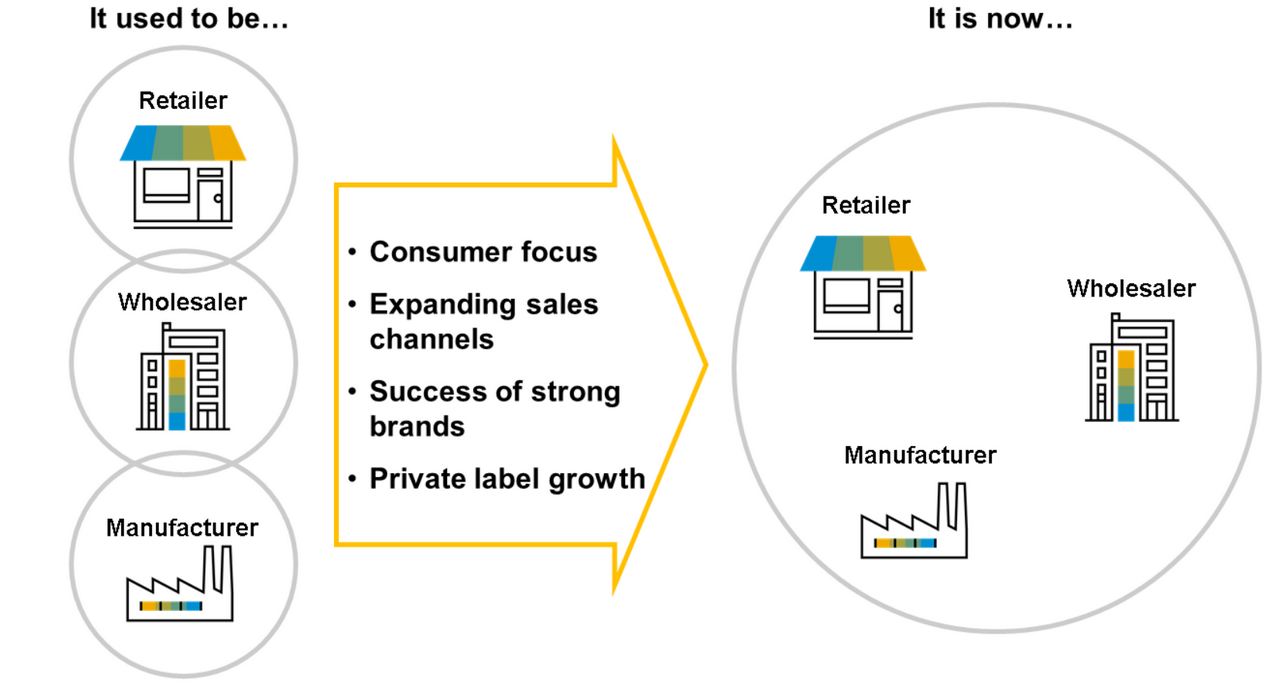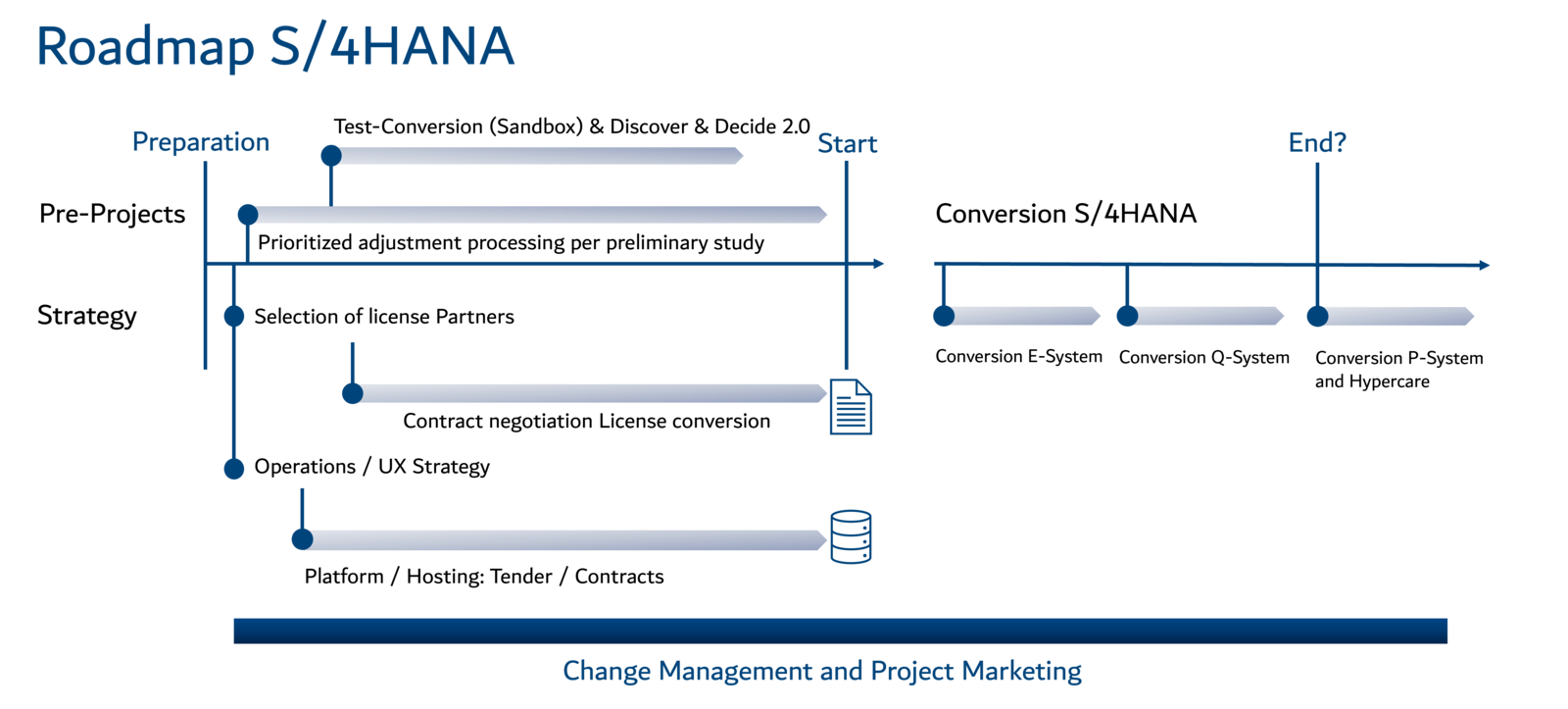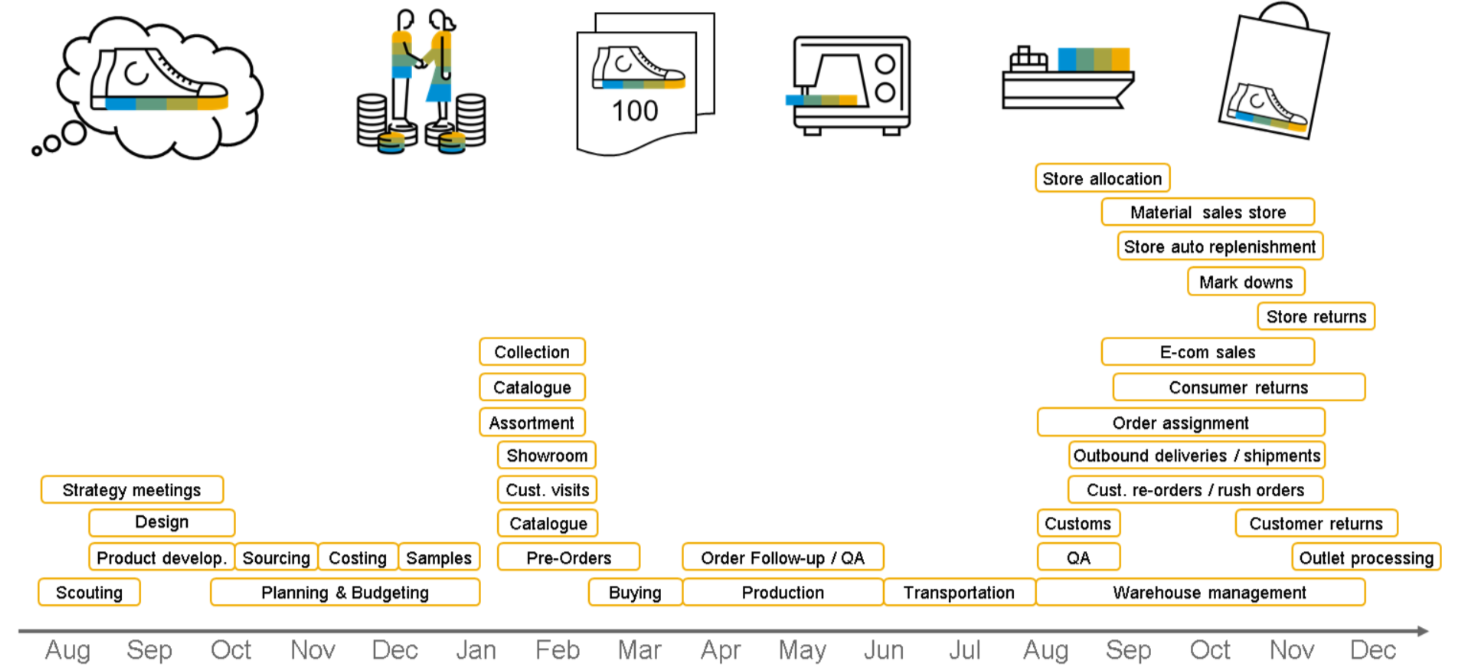The migration from SAP Apparel and Footwear Solution (AFS) to SAP S/4 Fashion is a significant step for companies in the fashion industry looking to digitalize and optimize their business processes. This transformation offers numerous benefits, including a unified platform for all business areas, real-time processes, and advanced analytics. SAP AFS, the Apparel and Footwear Solution, is a specialized ERP solution developed to meet the specific needs of the fashion industry. With the end of SAP AFS support in 2027, many companies, including retailers and wholesalers, must migrate their systems to a more modern platform. SAP S/4 Fashion is SAP’s latest ERP solution, designed specifically for the fashion industry. The solution is built on the SAP S/4HANA platform and provides real-time processes, advanced analytics, and high agility.
What advantages does SAP S/4 Fashion offer compared to SAP AFS?
The primary reasons for migrating from SAP AFS to SAP S/4 Fashion are modernization and business process optimization. SAP S/4 Fashion provides a unified platform, real-time processes, and advanced analytics, enabling deeper insights and better decision-making. Additionally, Extended Warehouse Management (EWM) optimizes warehouse management and enhances logistics efficiency. The system offers real-time tracking of inventory movements, allowing for more precise inventory control while avoiding overstock and stockouts. It also integrates complex supply chain logistics with warehouse and distribution processes, ensuring maximum visibility and control. Features such as material inspection and the automated creation of follow-up documents, such as deliveries and goods receipt postings, further contribute to increased efficiency. These benefits are particularly relevant for distributors and suppliers.
What approaches and resources are required for the migration? And how is data migration from SAP AFS to SAP S/4 Fashion conducted?
![[Translate to Englisch:] [Translate to Englisch:]](/fileadmin/_processed_/7/8/csm_business-portrait-placex-bild_e4d9a5a5e8.jpg)


